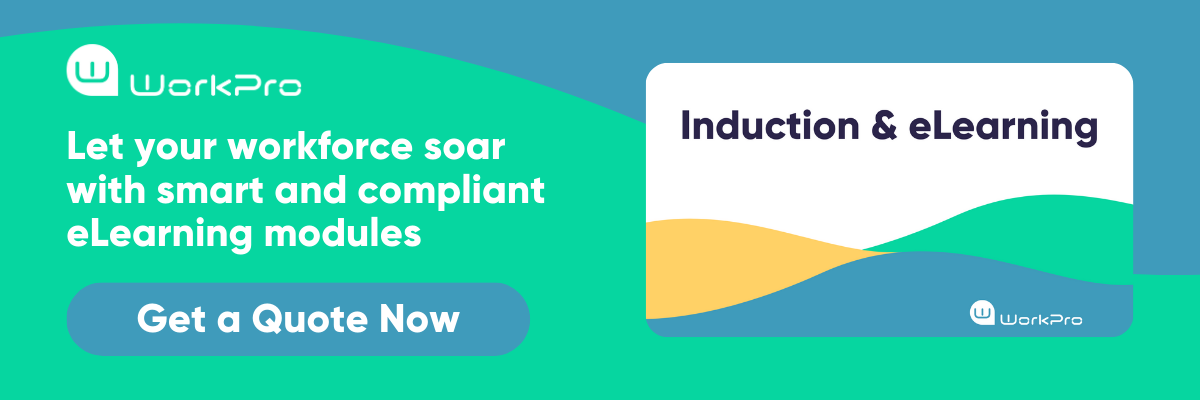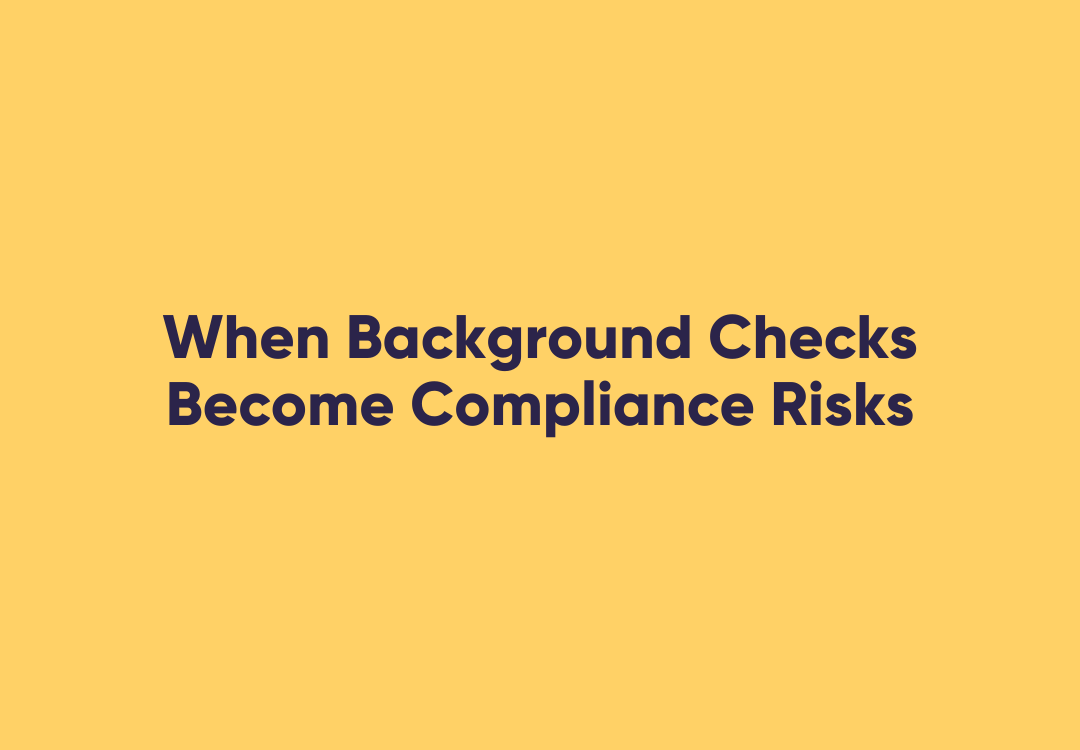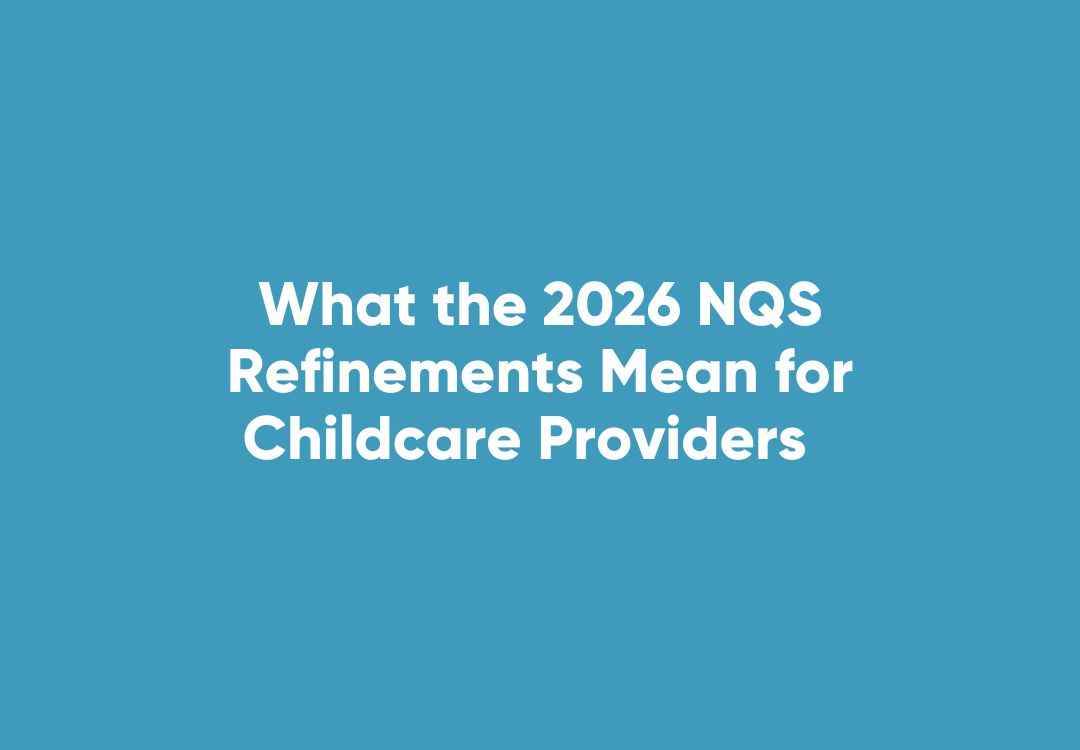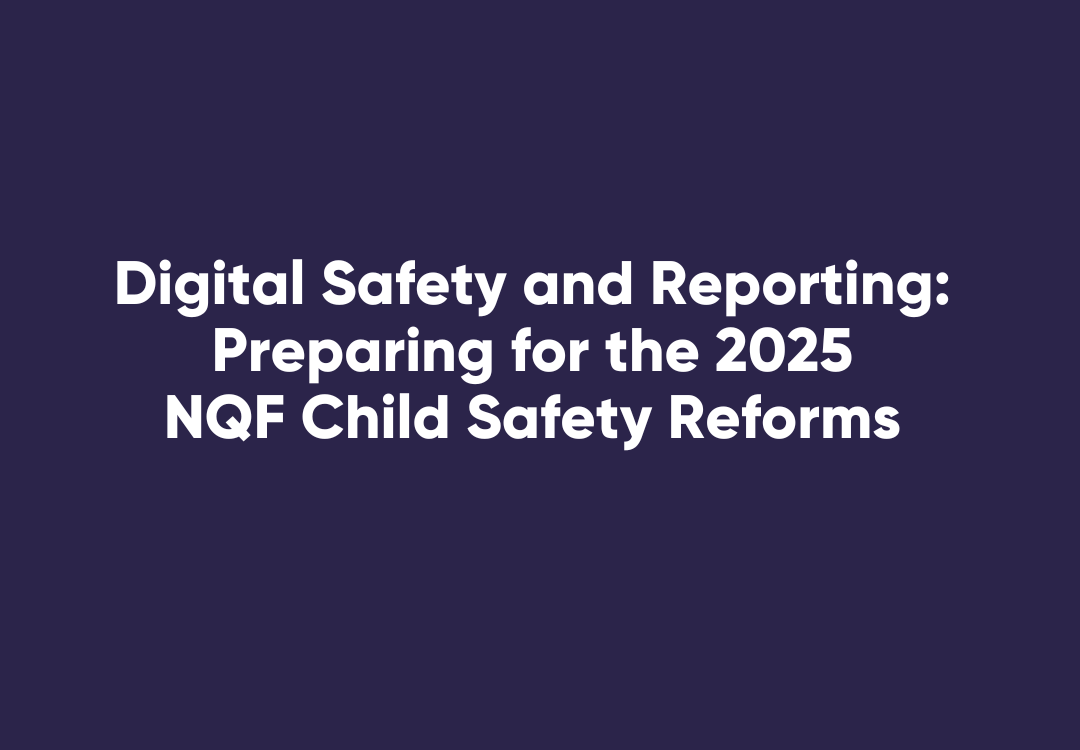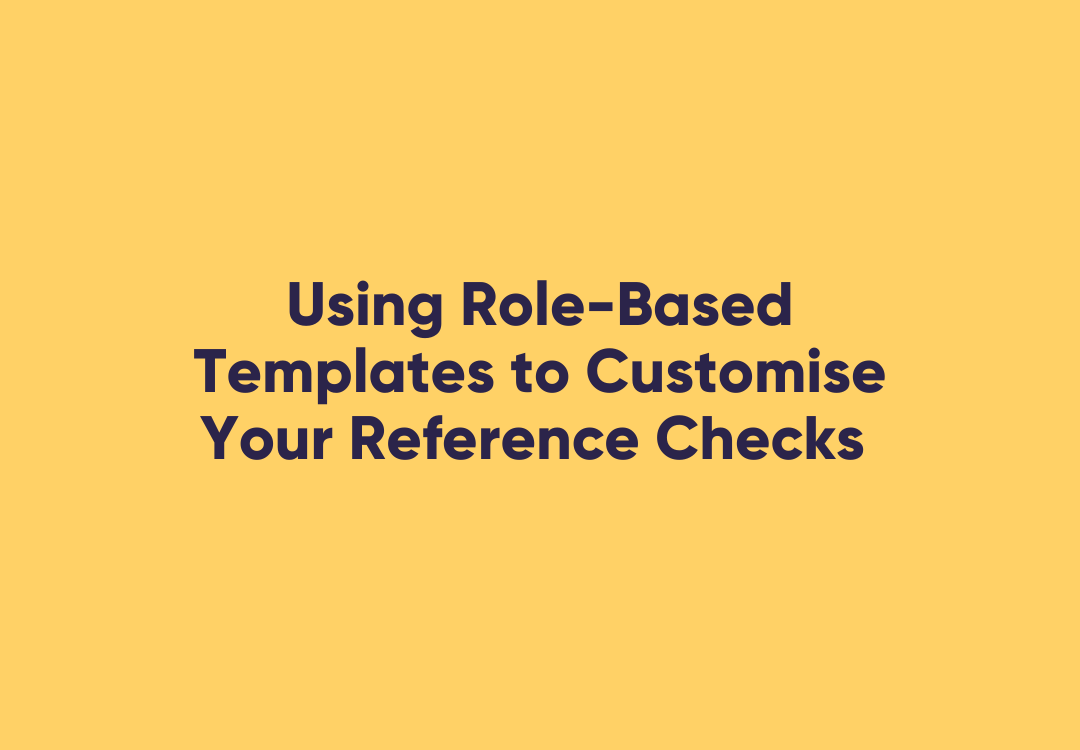4 Easy Ways for Managers to Support Young Worker Safety
Young workers can bring waves of energy and new ideas to your business, but their lack of experience makes them most prone to safety errors and workplace injuries. How can you turn this around? By making them feel supported and safe from the first day. Here’s how.
Young workers are defined as being aged between 16-25. If you’re in hospitality, it might be those up-and-comers with a heap of potential to go places. For franchises, it might be the first job for many young people. If you’re a manager of a professional team, you’re probably got a bunch of bright-eyed graduates ready to make their own mark in the business world.
Whatever it is, young workers are an exciting part of the workforce. Although their motivation might come and go as they discover their place in the world, you can’t deny the energy and the passion they put into work when everything lines up right. However, young workers often lack experience and maturity in their roles.
Years of experience in the workforce, whatever the industry, brings composure and balance. And we all know that there’s one thing above all else that gives us the confidence to learn new skills and take our game to the next level at work. Especially when we’re young and looking for something to grab on to.
That handrail for young workers is support.
Support: The Game-Changer For Young Worker Safety
Remember when you were riding around on your bicycle as a kid, learning to ride, and falling off continuously until you got it right?
Every second moment, you looked at your parent or guardian for validation and acceptance. Maybe they rode the bike a few times for you, so you could see how it was done. You had training wheels. But most of all, you felt safe knowing they were there as support.
Every 4 minutes and 24 seconds a young person is injured in the workplace. This is one of the most alarming statistics to come out of WHS in recent years. With a lack of experience, young people are often most prone to injury, whether it’s stacking boxes, moving kegs in a restaurant or driving a forklift on the factory floor.
There are many keys to a successful WHS practice. One of the biggest game changers is having the right systems in place to protect young workers. To do this, you need to ensure there are sufficient support networks to allow these workers the ability to learn on the fly and receive constant guidance and feedback about making safety priority one.
So how can you offer the best support for your young workers and reduce your injury rates to zero? Here are 4 easy ways for you to get started.
1. Assign Young Workers A Mentor
Young staff members all need a supervisor to skill up at work. They also need a mentor – someone in a superior position who can guide them in their professional journey as a whole. Safety and looking after your wellbeing at work looks different in every business.
It’s not just learning how to lift correctly, either. It’s discovering what to look out for, what to be mindful of, and how to manage your stress when things get too much.
A mentor can be the go-to contact for all of these concerns, and provide a sounding board when things get tough. By providing an open channel for communication, a young person is more likely to raise concerns proactively than keep it to themselves. They act as a role model for your young workers to learn how to ride that bicycle, and always stay safe while they’re at it.
2. Introduce a buddy system
A buddy can also be a valuable form of support to enhance young worker health and safety. It works a little differently to a mentor. They’re obviously another source of support but usually sit in a more similar position or age as the young worker. The difference is they have been in the business a bit longer, and can offer an easy to talk to but experienced alternative to someone more superior.
They are key to providing a communication channel for a young worker for them to ask the more silly or embarrassing work-related questions, without worrying what supervisors or managers might think. Young workers might be able to talk to you about anything, but that doesn’t mean they will. If it’s something that could affect how you see them professionally (in their minds), they’ll keep quiet. And that doesn’t help either of you.
3. Include young workers in office culture
In many cases, keeping a low rate of work-related injuries or accidents is all about creating a culture that’s easy to buy into. To increase that buy-in, particularly from younger team members, make sure they’re a part of everything they possibly can be – even if it doesn’t directly involve them.
Invite them to staff events, ensure they’re introduced to everyone, and create awesome onboarding and induction processes that make them feel supported and safe from day one.
Great workplace culture informs great safety records. As a plus, it also has a very significant impact on your success a business. It’s a no-brainer for creating a place people love to work.
4. Invest in an Employee Assistance Program (EAP)
A popular external resource you may wish to consider (if it’s not already in place) is offering your staff an easy outlet to discuss their professional or personal concerns is with a professional. The EAP program provides employers with an affordable and accessible way to offer psychologist or counselling services as part of a company package.
It allows you to promote your business as one that puts health and wellbeing first for employees and gives young workers a way to discuss issues in a private and confidential setting. Providing them a voice means they can work through things like understanding why WHS policies are in place and how they can contribute to a safe work environment.
Taking the next step
These support tools may seem small, but they make a big impact over time to your young worker culture. As a result, your safety record will radically improve.
For more information on how to create a great WHS program to reduce young worker injuries at your business, download our FREE Young Worker E-Book. Or, have a listen to our recent podcast episode Putting Young Worker Safety Into Practice.


